Musée National du Palais de Corée (국립고궁박물관)
1.2Km 2023-03-24
12, Hyoja-ro, Jongno-gu, Seoul
+82-2-3701-7500
Inauguré en 1992 sous le nom du Musée royal, l’actuel Musée national du palais de Corée expose des reliques du royaume de Joseon (1392-1910). Près de 20.000 reliques royales des palais Gyeongbokgung, Changdeokgung, et Changgyeonggung ainsi que celles du sanctuaire de Jongmyo y sont présentées.
1. Symboles et documents royaux (Royal Symbols and Records) - La dynastie Joseon soutenant les idéaux confucianistes, le roi était donc considéré comme le souverain absolu, et le couple royal faisait figure, avec la reine, de parents de tout le peuple. Pour rehausser son autorité, la dynastie a fait fabriquer divers symboles royaux.
2. Rites ancestraux (Ancestral Rites) - Un rite ancestral se tenait dans un sanctuaire abritant les tablettes des rois et des reines de la dynastie Joseon. Ce rite était non seulement une cérémonie de culte de la famille royale mais aussi une fête de musique et de danse célébrée pour souhaiter le salut et la prospérité éternelle du pays.
3. Architecture du palais (Palace Architecture) – Le palais était une demeure pour le roi et sa famille, et le centre de politique et d’administration, où le roi gouvernait le pays. Le centre du palais de la dynastie Joseon, suivant les plans d’architecture traditionnelle, comprenait Jeongjeon, le hall principal comme centre des événements de l’Etat et de discussions politiques, et Pyeonjeon, l’office du gouvernement.
4. Sciences de Joseon (Joseon Sciences) – Durant sa première période, la dynastie Joseon oeuvrait à établir la légitimité de sa fondation et à enrichir le pays. Afin de réaliser ces idéaux, la dynastie promouvait comme jamais auparavant des domaines tels que les sciences ou la médecine et développait diverses armes pour la défense nationale.
5. Vie de la famille royale (Royal Life) - Le roi et la reine étaient les figures symboliques de la dynastie Joseon, mais ils étaient également comme le peuple ordinaire dans leur vie privée au palais. Le palais était divisé en différentes sections : office du roi, demeure pour la reine, bureau du prince héritier. Chaque espace contenait des meubles appropriés, qui étaient fabriqués avec des matériaux de haute qualité selon de stricts critères pour la famille royale.
Théâtre Nanta à Myeongdong (명동난타극장)
1.2Km 2021-02-17
26, Myeongdong-gil, Jung-gu, Seoul-si
+82-2-739-8288
La salle de spectacle dédiée à Nanta à Myeongdong se trouve entre le 3ème et 5ème étage du bâtiment de l'UNESCO, où se trouvait avant Funky House. La salle possède 410 places, réparties sur trois niveaux. Les sièges se trouvent près de la scène pour une immersion totale. On y trouve aussi une salle pour les familles accompagnées de jeunes enfants au troisième étage. Cette salle est équipée d'une vitre insonorisée et d'un système stéréo. Une salle d'exposition se trouve dans le lobby. Veuillez consulter le site web pour plus de renseignements et pour réserver.
Salon de la distribution alimentaire de Séoul 2025 (K-Food Show) (2025 서울식품유통대전(K푸드쇼))
1.2Km 2025-07-01
12, Eulji-ro (souterrain), Jung-gu, Séoul
02-6965-0055
Le journal Financial News organisera en mai prochain, sur la pelouse de l’hôtel de ville de Séoul, la 2ᵉ édition du « Salon de la distribution alimentaire de Séoul 2025 (K-Food Show) » pendant deux jours. Né de la fusion du Forum international de l’alimentation de Séoul et du Forum de l’innovation dans la distribution, cet événement a suscité un vif intérêt dès sa première édition l’année dernière, prouvant son potentiel. Cette année, l’accent sera mis sur les snacks coréens (K-snacks), de plus en plus populaires sur le marché international, avec des programmes immersifs conçus pour permettre aux visiteurs étrangers de participer pleinement à l’expérience. Le salon proposera une riche diversité de contenus allant des expositions sur les K-snacks et la K-beauty jusqu’aux forums animés par des professionnels du secteur. Un rendez-vous à ne pas manquer pour découvrir toute la saveur et l’univers du K-snack, au-delà du simple plaisir gustatif.
Festival des Arts de Corée 2025 (2025 대한민국 미술축제)
1.2Km 2025-07-31
57, Daehak-ro 5-gil, Jongno-gu, Seoul
070-7575-0980
Myeongdong (명동)
1.2Km 2025-09-19
Myeong-dong 2-ga, Jung-gu, Séoul, Corée du Sud
+82-2-778-0333
Myeong-dong évoque l’image d’une immense ville du shopping. En général, l’appellation « rue de Myeong-dong » désigne l’avenue d’environ 1 km qui relie la station Myeong-dong (ligne 4 du métro) à Euljiro et au grand magasin Lotte. On y trouve une forte concentration de boutiques de marques, de grands magasins et de petites échoppes. Considéré comme un véritable « temple de la mode », le quartier permet d’acheter une grande variété de vêtements, chaussures et accessoires. Contrairement à Namdaemun ou Dongdaemun, Myeong-dong se distingue par la présence de nombreuses enseignes de qualité. Parmi les grands magasins, on compte à proximité Lotte et Shinsegae, et sur la rue principale Noon Square, Myeong-dong Milleore et M Plaza, de grands centres commerciaux. Les boutiques de marques se concentrent aussi bien le long de l’avenue centrale que dans les ruelles adjacentes.
Outre le shopping, Myeong-dong offre une multitude d’options de restauration et de loisirs. Côté gastronomie, on y trouve des chaînes de restaurants familiaux, des fast-foods ainsi que des établissements coréens, occidentaux et japonais. Parmi les spécialités locales, le tonkatsu de Myeong-dong et les nouilles kalguksu (notamment chez Myeong-dong Gyoja) sont incontournables. Le quartier compte également de nombreux services pratiques tels que salons de coiffure, banques et cinémas.
Parmi les sites touristiques majeurs de Myeong-dong figurent la cathédrale de Myeong-dong, siège de l’archidiocèse catholique de Séoul, le Théâtre artistique de Myeong-dong (inauguré en juin 2009 sur l’ancien site du Théâtre national) ainsi que « Jae-mi-ro », la rue de la bande dessinée.
Musée du Vieux Parfum de Bukchon (북촌생활사박물관)
1.3Km 2021-03-27
90, Bukchon-ro 5na-gil, Jongno-gu, Seoul-si
+82-2-736-3957
Le Musée du quotidien de Bukchon expose des objets ayant été colléctés à Bukchon, village historique autrefois réservé à la noblesse. Pendant des centaines d’années, de vrais trésors dans chaque résidence furent légués de générations en générations mais depuis le développement rapide de la Corée, dans la seconde moitié du 20ème siècle, certains sont devenus obsolètes. Ouvert en 2003, le musée cherche à préserver des artéfacts en les présentant dans un environnement intime et accueillant où vous pouvez découvrir comment ils étaient utilisés au quotidien.
Les groupes de 10-15 personnes peuvent participer à des programmes leur permettant de fabriquer des objets traditionnels ou à des programmes pour prendre part à la réalisation de ssukgaetteok (gâteau de riz à base d’armoise).
Près du musée se trouvent de nombreuses attractions : le Village Hanok de Bukchon, le Parc Samcheong, le Musée des Hiboux, le Musée ToyKino, Musée des Bijoux du Monde, et le Musée des Palais Nationaux de Corée sans oublier les palais royaux comme celui de Gyeongbokgung.
Séoul Plaza (서울광장)
1.3Km 2022-12-14
110, Sejong-daero, Jung-gu, Seoul-si
+82-2-735-8688
La place de l’Hôtel de Ville est le lieu où des certaines de milliers de Coréens ont scandé des « hourras » pour l’équipe de Corée durant la Coupe de Monde de la FIFA 2002
Situé au centre de la ville de Séoul, il est également son centre financier et commercial. La circulation à cet endroit y est intense, mais elle avait bien sûr était interrompue durant les évènements de la coupe du monde. Néanmoins, la ville de Séoul réfléchit maintenant à un projet de zone piétonne à cet endroit. D’autant plus que le palais de Deoksugung qui se trouve juste à proximité offre un petit coin de verdure.
Bunni Studios à Myeondong (바니스튜디오 안경(명동역점))
1.3Km 2024-04-03
21, Myeongdong 8gagil 21, Junggu, Seoul
Bunni Studios est un magasin de lunettes apprécié par la jeunesse. Le service est disponible en anglais. Bunni Studios travaille avec un grand nombre de marques permettant une large gamme de choix. Il est possible de réaliser des achats détaxés sur place alors que le magasin propose des services de livraison vers votre hôtel si le produit n'est pas disponible dans le magasin.
Le quartier Samcheong-dong (삼청동길)
1.4Km 2020-12-02
107, Samcheong-ro, Jongno-gu, Seoul
+82-2-120
Quartier Samcheong-dong part de l’est du palais de Gyeongbokgung au tunnel de Samcheong.
Le parc de Samcheong situé au bout de la rue de Samcheongdong est réputé pour sa forêt dense et sa belle vue.
En plein centre de la ville, ce lieu est pourtant calme.
Par ailleurs, les galeries et les cafés de part et d’autre de la rue de Samcheong-dong attirent beaucoup d’artistes.
Galerie K.O.N.G (공근혜갤러리)
1.4Km 2024-10-25
38, Samcheong-ro 7gil, Jongno-gu, Seoul
Ouvert depuis 2005, la galerie joue un grand rôle sur le développement de l'art de la photographie en Corée. La galerie se situe désormais près de Cheongwadae, dans l'arrondissement Samcheong-dong. La galerie s'occupe désormais de mettre en avant notamment des artistes contemporains à travers le monde entier.
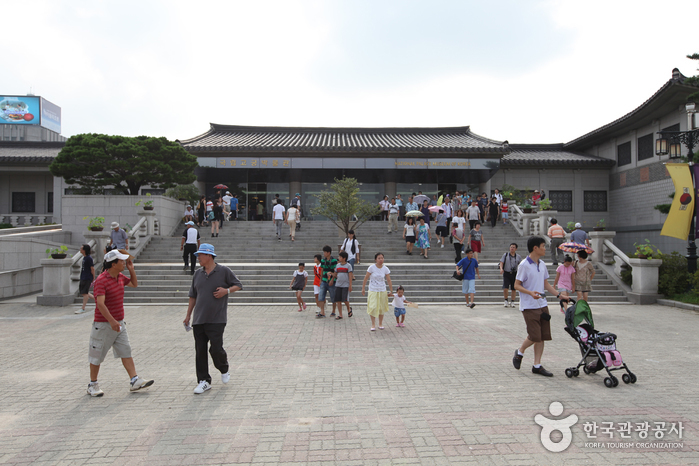
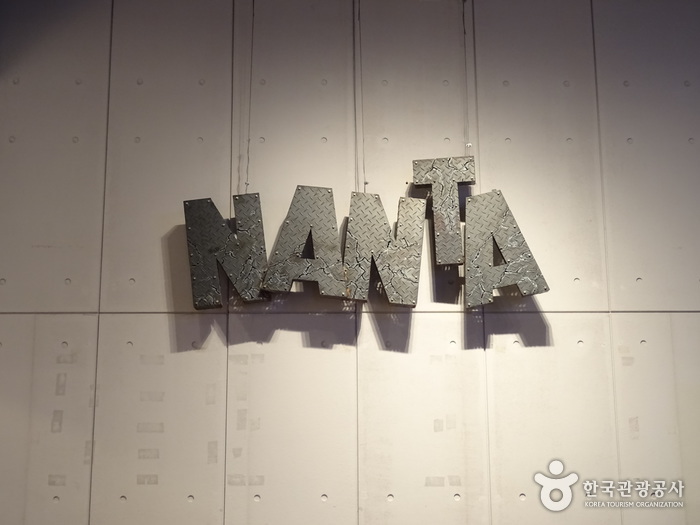

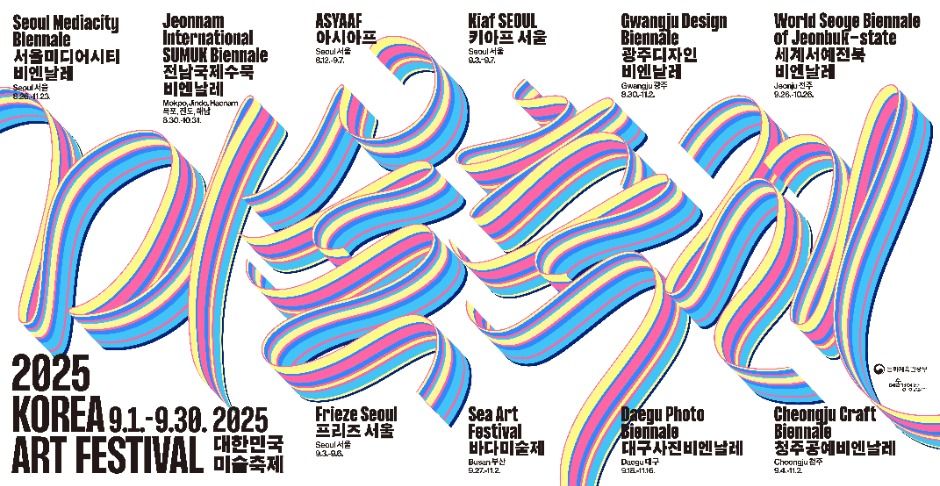
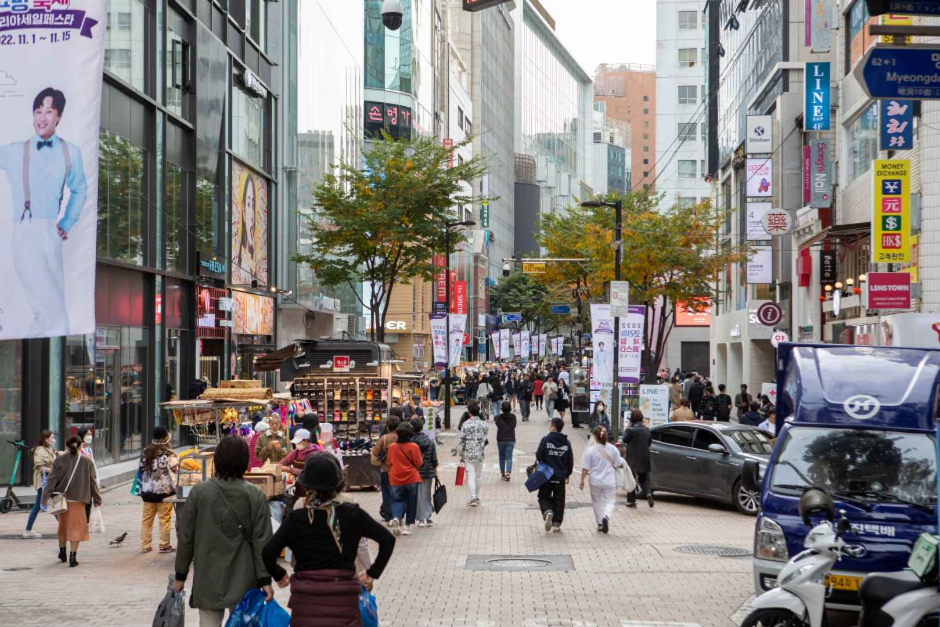
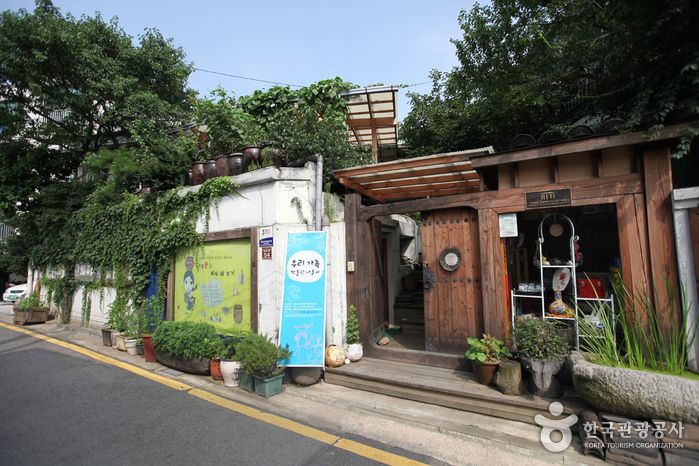

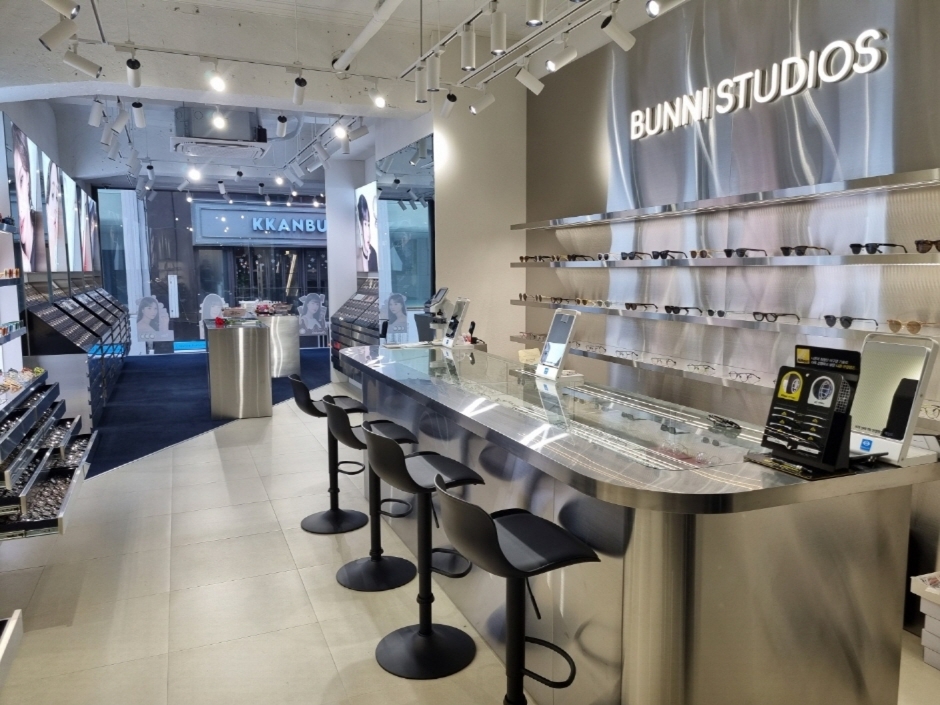
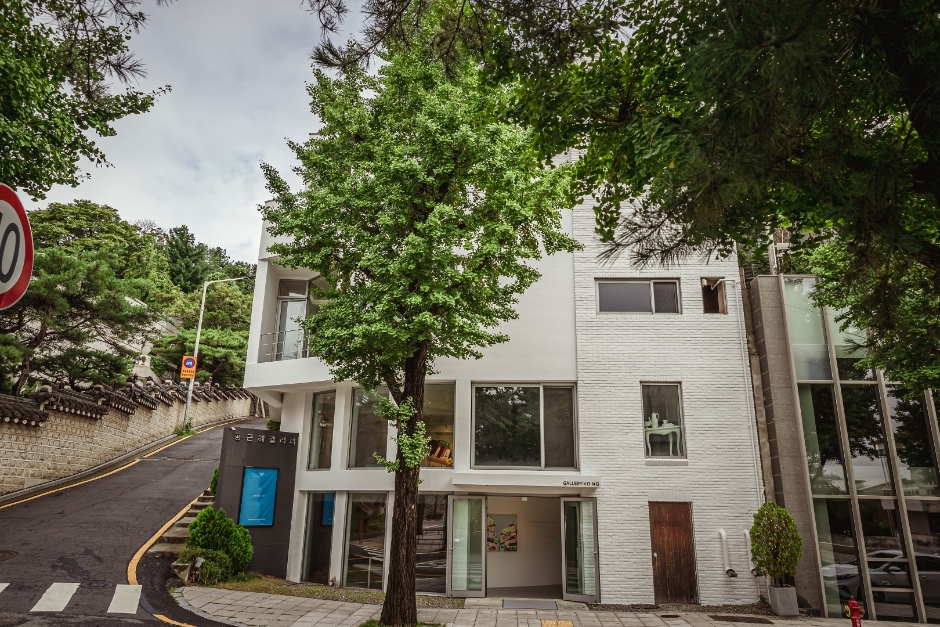
 Français
Français
 한국어
한국어 English
English 日本語
日本語 中文(简体)
中文(简体) Deutsch
Deutsch Español
Español Русский
Русский